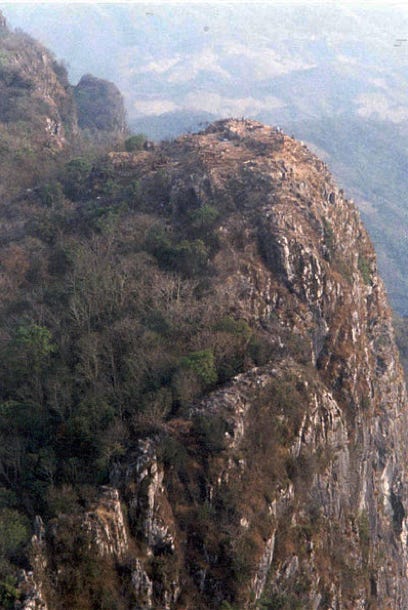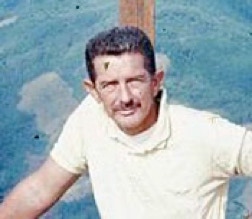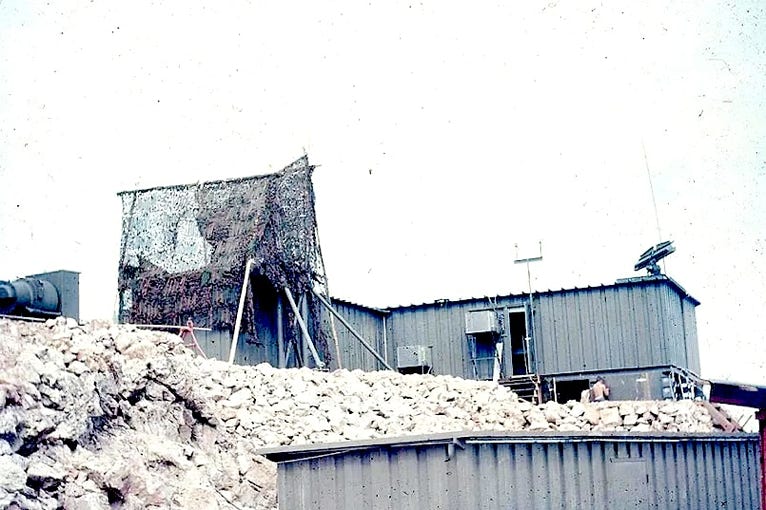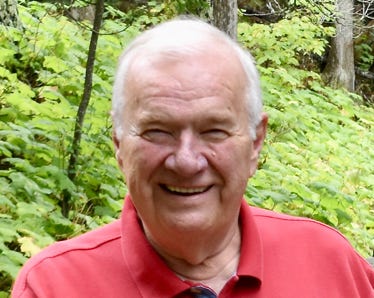DUTY, HONOR, COURAGE, RESILIANCE
Talking Proud: Service & Sacrifice

Lima Site 85, Laos: Exceptional Courage Against Impossible Odds
A Stark Warning
General Harris assigned Major General William Lindley, deputy commander of the 7th/13th AF, the responsibility of getting the TSQ-81 site up and running. Tom Clines, deputy to the CIA’s Chief of Station (COS) at the US embassy in Vientiane, and Major Secord were the responsible on-scene people. The TSQ-81 atop LS-85 was code-named “Commando Club.”
The TSQ-81 installation began in August 1967 and was completed in September 1967. An excellent website shows how the installation proceeded.
The Strategic Air Command’s (SAC) 1st Combat Evaluation Group (CEVG) installed the system. A Geodetic Survey Team came to the site under Lockheed cover to determine the site’s exact location on Earth. Capt. Julian Higgins, USAF, was the survey team’s honcho. He remarked after being briefed on the NVA threat,
"It (the briefing) clearly showed the number and the intensity of skirmishes between the Hmong and North Vietnamese ground troops had increased significantly since the bad guys had learned of increased activity on the LS-85 mountain top.”
Lt. Col. Farnsworth, the 1st CEVG installation team leader, raised multiple issues. He noted there were no communications. All communications were to be relayed by written message delivered by helicopter. Farnsworth said Federal Electronics owned a non-secure radio in the TACAN maintenance shed. However, he remarked,
“In an emergency … Neither method of communication was adequate or reliable. Even worse, there was no evacuation plan in the event of hostile action or other emergency. I relayed my concern to 7/13 AF and Randle (his boss). In reply, I was told, in so many words, not to worry."
Farnsworth felt that Phathi's sheer cliff drop-offs "were climbable." He also was concerned that “we could not keep any of the native population away from the area.” He wondered how many of the spectators were infiltrators.
He added:
"My personal belief is that we were continually under observation, and a summary of our progress was provided to Hanoi on a daily basis. Security was nonexistent … As to emergency evacuation, I took several helicopter rides about the area, talking with the pilots about an alternate pick-up point in the event our site was overrun, and we managed to escape. We found an area in the vicinity of the range marker, but it still appeared that pickup would always be chancy. Remember, we had no weapons, and these men had no training in E&E (Evasion and Escape). As a crew member, I had undergone extensive E&E training and knew the odds, but I felt an alternate pick-up point would increase our chances. I continued to voice my concerns about this and numerous other matters, but they were ignored. All of them! "
In late November or early December 1967, after the TSQ-81 installation was completed, Farnsworth bumped into Lt. Colonel Clarence F. "Bill" Blanton in Bangkok. Blanton was the deputy 1st CEVG commander, one of two 1st CEVG officers who hand-picked the operators for the TSQ-81, and one of the shift leaders at the radar guidance site at LS-85. He was on duty when it was attacked. Farnsworth said he and Blanton talked for six to eight hours. Defense of the site was the main topic. Farnsworth has reported on what he told Blanton:
"I told him that I thought the defense posture was unsatisfactory as the site could be destroyed by infiltration, a small team, two or three men. To the best of my knowledge, any Site 85 plan developed to guard against such an attack. In fact, I thought a full-scale attack would not be necessary. With an infiltration attack by sappers there would be no warning and thus no chance for escape or rescue. I told Blanton that I thought the attack would come at night against the main radar van with collateral fire on the men in the living quarters. I emphasized the fact that during the construction phase we were continually visited by indigenous personnel among whom there must have been numerous unfriendlies. We could not keep everyone off the construction site, much less the mountain.
"I advised Bill to brief the men on an alternate pickup site in the area of the range marker. And to practice how to get there, individually and in the dark. However, this would be a long shot as I didn't think many men would survive a sapper attack.
"We also discussed the ridge line. I told Blanton I had walked the ridge line for a short distance and thought it passable. I also told him I had forwarded my findings to 7/13th AF but never received any acknowledgement. I did not follow the ridge line to its end since it was one of those risky trails which are easier to climb than to descend. I felt that in following the ridge line too far I might get into a position which would require calling for outside help. This I did not want to risk for obvious reasons. I might add, I also investigated the ridges on the other side of the site and found a line which might have been useful. Again, I did not investigate it fully for obvious reasons. Blanton and I discussed hanging ropes over the side of the cliff as an escape possibility. However, we ruled this out since it would have revealed the escapees' location."
The TSQ-1 was operational in September 1967. Much like the TACAN installation, most equipment was brought in and set down on the mountaintop and at the helipad some distance away. While the US had worked to keep the effort Top Secret, the logistics and installation work were done so those who wanted to see what was happening could see.
Sure enough, a Hmong patrol apprehended two men near the summit dressed as Buddhist monks on October 20, 1967. They were carrying cameras. They were interrogated. The CIA people said their film had no photos of the site, the interrogation yielded nothing, and so they were released. Vang Pao felt the site had been compromised. The USAF disagreed and pressed ahead.
Click to zoom graphic-photo



